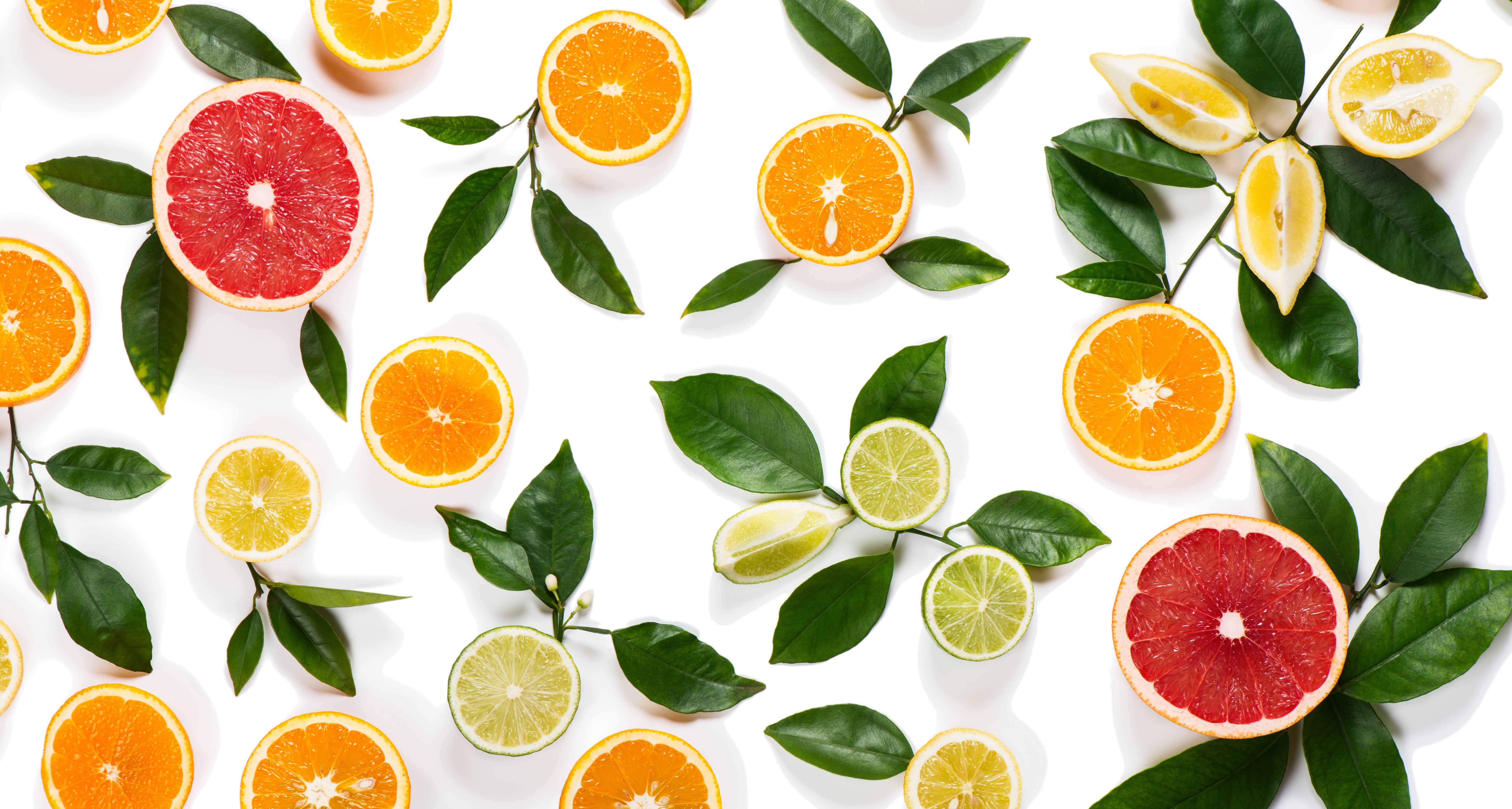

The saying goes that when life gives you lemons, you should make lemonade. But what if life also gives you limes, oranges, and grapefruit along with the lemons? An excellent source of potassium and vitamin C, members of the citrus family can range in intensity from sweet to sour (or any combination of the two). Learning how to use citrus fruit in the kitchen is an important tool for any home cook, a squeeze of almost any citrus fruit can cut through an overly sweet or salty recipe and can brighten up soups, sauces, and salad dressings. Keeping an assortment of citrus fruit in your refrigerator is a great idea for anyone who loves flavour and the freedom to play with
How to store and prep citrus fruit
Since Canada doesn’t have a growing climate particularly suited to growing citrus fruit, it’s safe to assume that the lemons, limes, oranges, and grapefruits (and other citrus) have been imported from a location in a warmer climate. Citrus fruit is chilled as it’s transferred from one area to another and then in the grocery store, so it’s best to store it in the refrigerator (the vegetable crisper is best) once you get home. Bring the fruit to room temperature by removing it from the fridge 30 minutes before serving. The rind on most imported citrus fruit has been lightly waxed which, if using the fruit for garnish in a drink or for its zest, has an unpleasant bitter flavour. Remove the waxy layer by pouring boiling water over the fruit in a colander and then gently scrubbing with a vegetable brush.
Common types of citrus fruit
Lemons
Known for their ultra-sour taste, lemons are much more than a mere garnish for your iced water. Lemons can be used for their zest, rind, and flesh (use a paring knife to cut away the peel and pith instead of peeling the fruit). From baked goods to roasted chicken, lemons are an integral ingredient for any home cook to use.
Limes
Like lemons, limes are an incredibly sour member of the citrus fruit family. They have a subtle yet distinct flavour that is less-sweet than lemons and are right at home in Mexican and Thai cuisines. Limes found in Canada can often be disappointing so use a good-quality bottled lime juice when recipes call for a significant amount of lime juice.
Oranges
Whether you love navel oranges, blood oranges or Valencia oranges, this sweet and pleasantly sour citrus fruit comes into season in warmer climates during the Canadian winter time (all the more reason to eat plenty of oranges during cold months!). Use sliced oranges in salads and salad dressings, add zest and juice to baked goods or in a marinade for poultry or pork.
Grapefruits
Known for their intense bitter flavour, grapefruits can have a pink or yellowish flesh that’s encased by a tough rind. Use grapefruit pieces in seafood salads, sweet cabbage slaws or in a simple composed salad with avocado and red onions.
A few other citrus fruit to try…
The following citrus fruit are most often seen in Canadian grocery stores during late-December to Mid-March so make sure you take the opportunity to try the following citrus fruit whenever you see them… pomelos (very large citrus fruit with a thick, spongy rind), tangerines, mandarins (available in Western Canada), clementines (available in Eastern Canada), tangelos, satsumas, green grapefruit, and kumquats (use kumquats as a beautiful garnish for cheese and charcuterie platters).
Getting creative with citrus fruit
- Almost any kind of citrus fruit juice works well as a marinade, especially chicken and turkey breast, pork loin, and salmon or other fish. To avoid a disappointing texture when preparing an acid-based marinade for fish never allow the fish to marinate longer than 30 minutes.
- Citrus juice, especially from lemons and limes, can be added to rich soups and stews to balance and unify the flavours. Begin by adding a tablespoon of citrus juice to the finished recipe before serving and serve lemon and lime wedges at the table if desired.
- Grapefruit’s bitter flavour pairs well with savoury and lightly salty ingredients in a salad. Shrimp, scallops, and shredded chicken are enhanced by a grapefruit juice salad dressing and plenty of crisp vegetables, grapefruit sections, and a small scoop of quinoa or bulgur.
- Make a fresh summery salsa using diced oranges, limes or lemons; combine with finely minced red onion and jalapeño, plenty of fresh parsley and cilantro, diced cucumber and avocado and a sprinkle of kosher or pink salt. Use the salsa for dipping baked tortilla or pita chips or as a topping for grilled meat.
- Dress up your sparkling water (or jazz up your water bottle at the office or gym) with plenty of citrus fruit. Make sure the citrus has been washed with boiling water and scrubbed with a vegetable brush, especially if the citrus will be sitting in water for an extended amount of time. Try combining lemon slices and fresh basil, lime slices and watermelon chunks, orange slices and frozen blueberries, and grapefruit slices with fresh mint.
